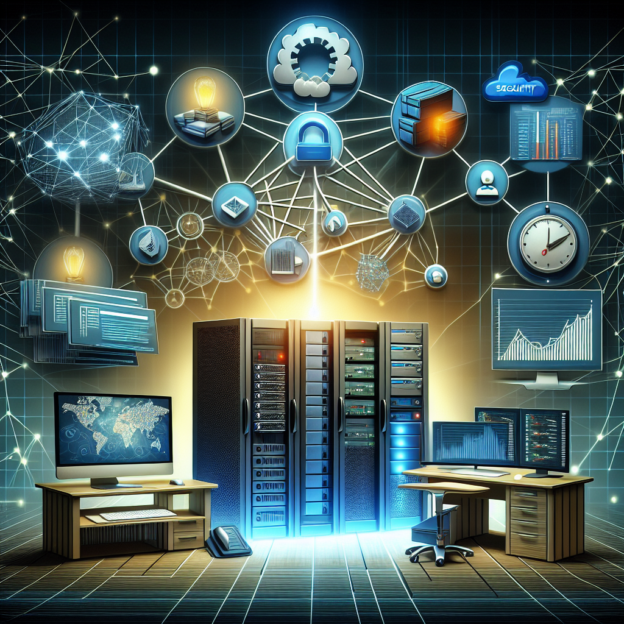In today’s fast-paced digital world, effective network management is crucial for businesses to ensure smooth operations and seamless communication. With the increasing complexity of networks and the rise of remote work, having the right tools and technologies in place is essential for maintaining a secure and efficient network.
Here are some of the top tools and technologies that can help businesses effectively manage their networks:
1. Network Monitoring Tools: Network monitoring tools are essential for keeping track of network performance, identifying issues, and ensuring optimal performance. Tools like SolarWinds Network Performance Monitor, PRTG Network Monitor, and Nagios provide real-time monitoring of network traffic, bandwidth usage, and device performance, allowing IT teams to quickly identify and resolve issues before they impact users.
2. Network Configuration Management Tools: Network configuration management tools help organizations streamline the process of configuring, managing, and monitoring network devices. Tools like SolarWinds Network Configuration Manager, Cisco Prime Infrastructure, and ManageEngine Network Configuration Manager automate the process of configuration changes, track device configurations, and ensure compliance with security policies.
3. Network Security Tools: With the increasing number of cyber threats targeting networks, having robust network security tools is essential for protecting sensitive data and preventing unauthorized access. Tools like Cisco Firepower, Palo Alto Networks, and Fortinet provide advanced threat detection, intrusion prevention, and firewall capabilities to safeguard networks from cyber attacks.
4. Remote Access Tools: With the rise of remote work, having remote access tools is essential for enabling employees to securely access network resources from anywhere. Tools like VPNs, remote desktop software, and secure access service edge (SASE) solutions provide secure and encrypted connections for remote users, ensuring data privacy and compliance with security policies.
5. Network Automation Tools: Network automation tools help organizations automate repetitive tasks, improve efficiency, and reduce human error. Tools like Ansible, Puppet, and Chef enable IT teams to automate network provisioning, configuration management, and troubleshooting, allowing them to focus on strategic initiatives and innovation.
6. Software-Defined Networking (SDN): SDN is a technology that virtualizes network infrastructure and enables centralized control of network resources. SDN simplifies network management, improves agility, and enhances scalability by decoupling network control from physical hardware. Tools like Cisco ACI, VMware NSX, and OpenFlow enable organizations to deploy and manage networks more efficiently.
7. Cloud Management Platforms: With the shift to cloud-based services, having cloud management platforms is essential for managing network resources in cloud environments. Platforms like AWS Management Console, Azure Portal, and Google Cloud Console provide centralized management of cloud resources, enable automation of network configurations, and ensure compliance with cloud security policies.
In conclusion, having the right tools and technologies in place is essential for effective network management in today’s digital age. By leveraging network monitoring tools, configuration management tools, security tools, remote access tools, network automation tools, SDN, and cloud management platforms, organizations can ensure a secure, efficient, and resilient network infrastructure. Investing in these tools can help businesses stay competitive, protect against cyber threats, and enable seamless communication and collaboration across the organization.










You must be logged in to post a comment.